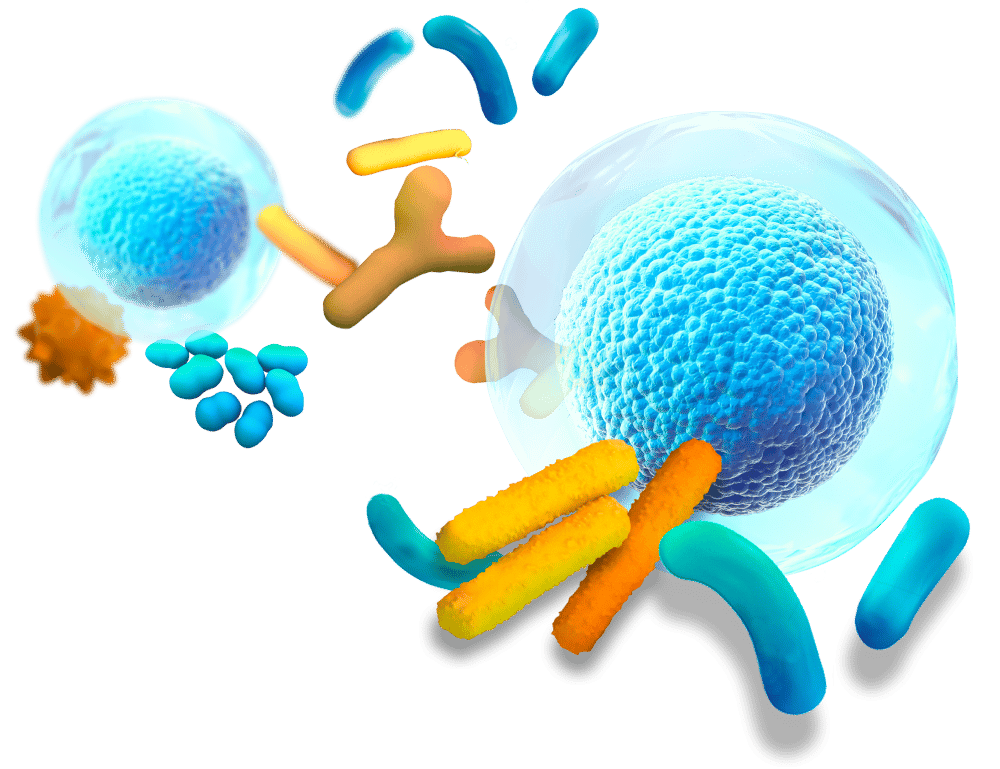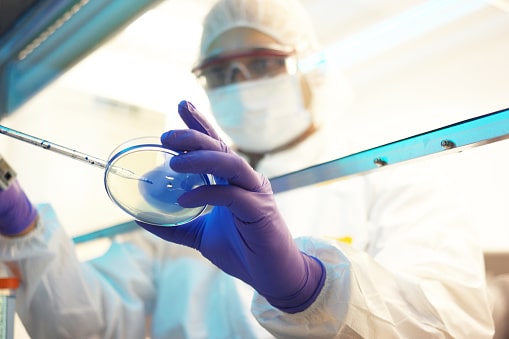Enterosys provides in vitro models closer to physiology for dermo-cosmetic applications.
Numerous scientific studies have demonstrated the key role of NO and H2O2 in the regulation of skin homeostasis. Released in small quantities by skin barrier cells, these mediators are involved in processes that are essential for maintaining skin health. However, when the skin is stressed (due to oxidizing agents, aging, exacerbated inflammation, pollution…), the exacerbated release of NO and H2O2 leads to alterations in vital biological processes, which affect skin balance.
Enterosys is a biotechnology company specialized in the development of high quality preclinical evaluation services
A part of our activities concerns dermo-cosmetic studies and the evaluation of safety and efficacy in vitro. We combine our technologies and know-how to develop an innovative method based on amperometry for the ultrasensitive detection of reactive oxygen species (NO and H2O2) in real time from keratinocytes, which can be used to predict the antioxidant capacity of new dermo-cosmetic compounds.
Recently, Enterosys developed a strong partnership with Cell&Soft, a company specialized in the development of matrices which reproduce the mechanical characteristics of in vivo processes.
To be relevant, a good in vitro culture system must not only allow for the survival and growth of cells but must also closely resemble the natural microenvironment.
In vivo, cells are organized in various soft and elastic tissues with specific physical properties. Because of their distinct composition and function, each tissue/organ has its own rigidity, which can evolve according to physiological and/or pathological modifications (aging, scarring, fibrosis…). This rigidity plays a major role in cellular responses, influencing many biological processes. The plastic culture systems commonly used in laboratories have a rigidity a million times higher than almost all the organs that constitute us! The average value of the skin is between 4.5 kPa and 8 kPa and depends mainly on the mechanical properties of the dermis which gives it elasticity and resistance to stretching.
In addition, the cells that make up the different layers of the skin are very sensitive mechanically . Keratinocytes can detect a wide range of biophysical properties, including the stiffness of the extracellular matrix. The mechano-sensitivity of keratinocytes regulates many cellular functions such as proliferation, differentiation, and migration.
There is a global need for the development of alternative approaches for safety and efficacy testing that avoid animal exploitation. Thus, Cell&Soft is striving to develop in vitro matrices that mimic the specific in vivo mechanical characteristics, like those of the skin, to provide a platform that is broadly suitable for skin cell models and can be reliably monitored in real time and in a high-throughput approach.
Experimental data have shown that the use of Skin Mecachips™ microplates allows keratinocytes to organize into more physiological structures. In addition, amperometric analysis demonstrated the advantage of Skin Mecachips™ over standard techniques to improve the accuracy of amperometric measurements for both models (NO and H2O2), increasing sensitivity while reducing intragroup variability.
Now, Enterosys offers a complementary expertise to combine Skin Mecachips™ microplates in our dedicated ROS assays for skin studies.

